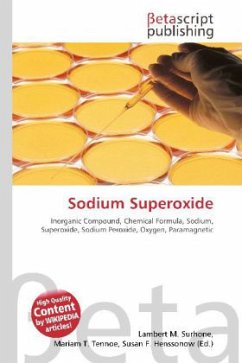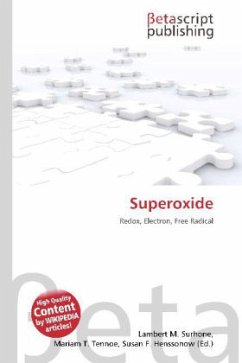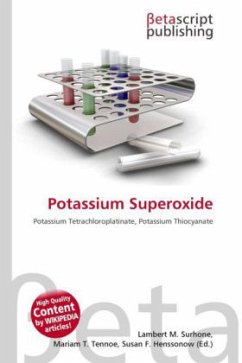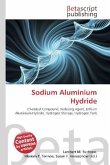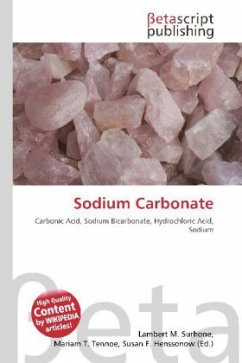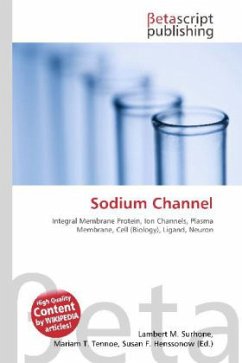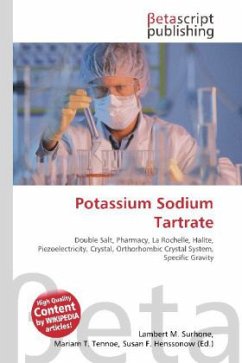Please note that the content of this book primarily consists of articles available from Wikipedia or other free sources online. Sodium superoxide is the inorganic compound with the formula NaO2. This yellow-orange solid is a salt of the superoxide anion. It is an intermediate in the oxidation of sodium by oxygen.The product is highly paramagnetic, as expected for a salt of the O2 anion. It hydrolyses readily to give a mixture of sodium hydroxide and sodium peroxide, as signaled by the bleaching of the sample. It crystallizes in the NaCl motif.Traditionally, inorganic compounds are considered to be of a mineral, not biological, origin. Complementarily, most organic compounds are traditionally viewed as being of biological origin. Over the past century, the precise classification of inorganic vs organic compounds has become less important to scientists, primarily because the majority of known compounds are synthetic and not of natural origin. Furthermore, most compounds considered the purview of modern inorganic chemistry contain organic ligands. The fields of organometallic chemistry and bioinorganic chemistry explicitly focus on the areas between the fields of organic, biological, and inorganic chemistry.

